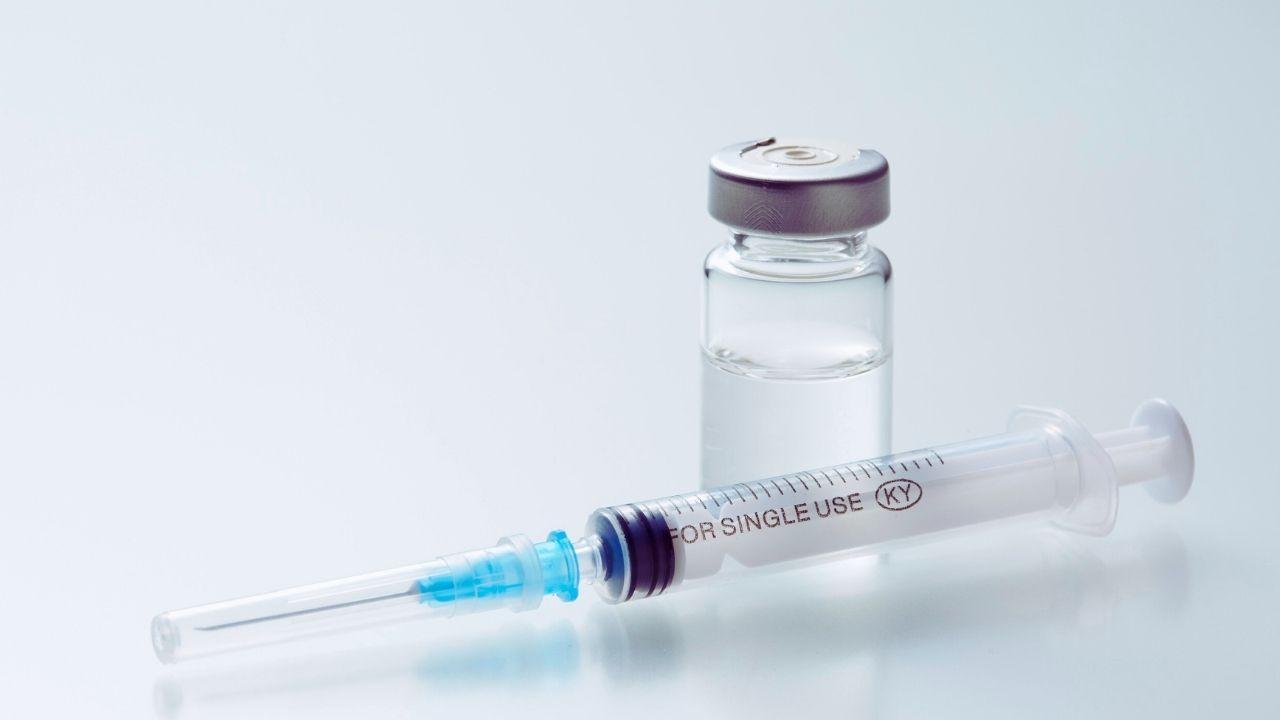
Join 10k+ people to get notified about new posts, news and tips.
Do not worry we don't spam!

Post by : Anis Farhan
For centuries, medicine focused primarily on treating symptoms rather than repairing damaged tissues or organs. Today, regenerative medicine promises a paradigm shift — the ability to restore function, regenerate cells, and potentially reverse disease processes. By leveraging stem cells, tissue engineering, gene therapy, and biomaterials, researchers are making it possible to heal injuries and illnesses that were once considered irreversible.
This field, once confined to science fiction, is now producing tangible clinical results. Patients with heart disease, spinal injuries, or degenerative conditions are experiencing improved outcomes through regenerative interventions. Beyond treatment, regenerative medicine offers hope for organ replacement, personalized therapies, and enhanced recovery, redefining the boundaries of human health.
Regenerative medicine encompasses a range of technologies aimed at repairing or replacing damaged cells, tissues, or organs. Key components include:
1. Stem Cell Therapy
Stem cells possess the unique ability to develop into various specialized cell types. By introducing stem cells into damaged tissues, researchers aim to stimulate repair, reduce inflammation, and restore function. Stem cell therapy has shown promise in conditions such as Parkinson’s disease, spinal cord injuries, and myocardial infarctions.
2. Tissue Engineering
This approach combines scaffolds, cells, and biologically active molecules to create functional tissues. Engineered tissues can replace or support damaged organs, potentially eliminating the need for donor organs. Tissue engineering has progressed from simple skin grafts to complex organoids, including liver and kidney structures.
3. Gene Therapy
Gene editing tools like CRISPR allow precise correction of genetic defects, enabling regeneration at the molecular level. Gene therapy can repair faulty genes responsible for degenerative diseases, offering long-term solutions rather than temporary symptom relief.
4. Biomaterials and 3D Printing
Biomaterials, including biodegradable scaffolds, provide structural support for tissue growth. Combined with 3D printing, researchers can create patient-specific implants that mimic natural tissue architecture, enhancing integration and functionality.
1. Lab-Grown Organs
Researchers have successfully cultivated mini-organs, or organoids, in laboratories. These include liver, kidney, and heart tissues that replicate key organ functions. While not yet ready for full transplantation, these organoids serve as models for drug testing, disease research, and future organ replacement.
2. Stem Cell Therapies for Spinal Injuries
Clinical trials have demonstrated that stem cell injections can restore partial mobility and sensation in patients with spinal cord injuries. This breakthrough offers hope for thousands who previously had limited treatment options.
3. Cardiac Regeneration
Heart disease remains a leading cause of death globally. Scientists are exploring stem cell-based therapies to repair damaged heart tissue after heart attacks. Early-stage trials show improvements in cardiac function and reduced scar tissue formation, marking a significant step toward heart repair.
4. Advanced Wound Healing
Chronic wounds, including diabetic ulcers, are notoriously difficult to treat. Regenerative therapies using bioengineered skin and platelet-rich plasma are accelerating healing, reducing infection risk, and improving patient outcomes.
5. CRISPR and Genetic Repair
Gene editing is now being tested in human trials for inherited disorders like sickle cell disease and muscular dystrophy. Correcting the underlying genetic defect enables regeneration of healthy cells, potentially offering a permanent cure.
Regenerative Medicine in Orthopedics
Stem cell injections and tissue scaffolds are helping patients with osteoarthritis, ligament injuries, and cartilage defects. By promoting natural tissue repair, these treatments reduce the need for joint replacement surgeries.
Neurological Disorders
Regenerative therapies aim to repair neural damage in conditions such as multiple sclerosis, Parkinson’s disease, and stroke. Early trials suggest that cell-based therapies can improve motor function and slow disease progression.
Ophthalmology
Stem cell-derived retinal cells are being tested to restore vision in patients with macular degeneration and retinal injuries. Successful integration of these cells could prevent blindness and restore sight for millions.
Cardiology
Cardiac patches, stem cell injections, and bioengineered heart tissue are being explored to repair damage from heart attacks. These interventions reduce scarring and enhance recovery, offering alternatives to traditional surgical procedures.
Despite rapid advancements, regenerative medicine faces several obstacles:
1. Ethical Concerns
Stem cell use, especially embryonic stem cells, raises ethical questions. Balancing innovation with ethical responsibility is critical for public trust and regulatory approval.
2. Immune Rejection
Introducing new cells or tissues can trigger immune responses. Researchers are developing methods to minimize rejection, such as using patient-derived cells or immunosuppressive protocols.
3. Cost and Accessibility
Advanced regenerative therapies are expensive, limiting access for many patients. Scaling production and reducing costs are essential for widespread adoption.
4. Regulatory Hurdles
Ensuring safety and efficacy requires rigorous clinical trials and regulatory oversight. The complexity of regenerative therapies makes approval processes longer and more challenging than traditional drugs.
5. Long-Term Outcomes
While short-term results are promising, long-term safety and efficacy data are still emerging. Continuous monitoring is necessary to assess potential complications or unintended consequences.
Integration with Artificial Intelligence
AI is accelerating regenerative research by predicting tissue growth patterns, optimizing scaffold designs, and personalizing treatment plans. Machine learning models can analyze patient data to tailor therapies for maximum efficacy.
Personalized Medicine
Advances in genomics and biotechnology allow regenerative therapies to be customized for individual patients. Personalized cell and gene therapies increase the likelihood of successful integration and long-term benefits.
Organ-on-Chip Technology
Microfluidic organ-on-chip models replicate human tissue environments for drug testing and disease modeling. This technology reduces reliance on animal testing and accelerates therapeutic development.
Global Collaboration
International partnerships between research institutions, hospitals, and biotech firms are fostering faster innovation. Sharing data, clinical insights, and best practices enhances the field’s growth and impact.
Regenerative medicine has the potential to transform healthcare in profound ways:
Reduced Dependence on Donor Organs: Bioengineered tissues and organs could alleviate organ shortages.
Improved Quality of Life: Patients with chronic or debilitating conditions may experience enhanced mobility, independence, and well-being.
Economic Implications: Widespread adoption of regenerative therapies could reduce long-term healthcare costs by preventing complications and reducing hospital stays.
Scientific Advancements: Regenerative medicine drives progress in stem cell biology, tissue engineering, and genetic medicine, creating new avenues for innovation.
Regenerative medicine is no longer a distant dream — it is actively reshaping modern healthcare. From lab-grown organs to stem cell therapies, gene editing, and tissue engineering, breakthroughs are providing hope for patients with previously untreatable conditions. While challenges remain, the convergence of science, technology, and ethical frameworks is paving the way for a new era of healing.
As research continues, regenerative medicine promises not only to repair the human body but also to redefine the very concept of recovery and longevity. The future of medicine is regenerative — offering the possibility of health, function, and life that goes beyond traditional limits.
This article is for informational and editorial purposes only. It explores current trends, breakthroughs, and challenges in regenerative medicine and does not constitute medical advice. Readers should consult healthcare professionals for personal medical guidance.










Conway Shines as New Zealand Edges Out West Indies in Napier
Devon Conway and Rachin Ravindra propel New Zealand to a five-wicket victory over West Indies, clinc

Ja'Marr Chase Faces One-Game Suspension Following Spitting Incident
Bengals' Ja'Marr Chase receives a one-game suspension after spitting on Jalen Ramsey; his appeal has

England Names 12-Man Squad for Opening Ashes Test in Perth
England reveals a 12-man squad for the first Ashes Test in Perth, featuring Shoaib Bashir and a pace

Roger Federer Inducted into Tennis Hall of Fame in Historic First Year
Tennis icon Roger Federer receives Hall of Fame recognition in his first year, alongside renowned co

Steve McClaren Steps Down as Jamaica’s Head Coach Following World Cup Qualifying Draw
After a crucial goalless draw with Curacao, Steve McClaren resigns as Jamaica's head coach, leaving

Daryl Mitchell Tops ICC ODI Rankings, Updates Released
Daryl Mitchell ascends to No.1 in the ICC ODI rankings, with boosts for players from New Zealand, In